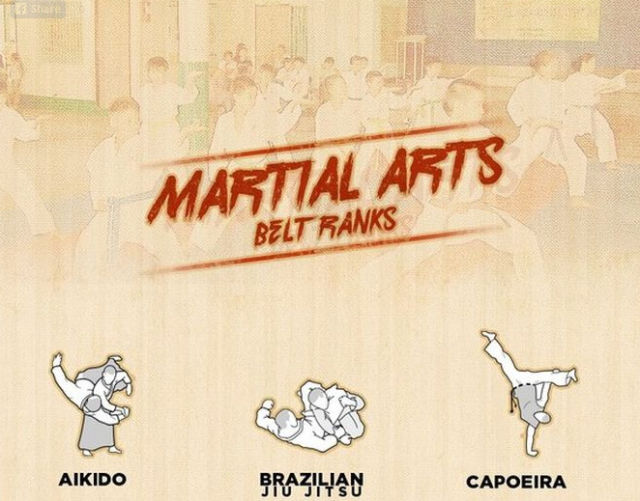Traditional Martial Arts Vs. Modern Combat Sports: Comprehending The Secret Distinctions
Traditional Martial Arts Vs. Modern Combat Sports: Comprehending The Secret Distinctions
Blog Article
Article Author-Bright Burch
When you think of martial arts, do you lean extra toward the traditional methods or the modern battle sporting activities? Each course offers unique benefits and experiences, shaped by their approaches and training techniques. Typical martial arts stress individual development and technique, while contemporary fight sporting activities focus on competition and performance. Recognizing these differences can guide you in choosing the appropriate strategy for your trip. Yet just how do these distinctions manifest in training and viewpoint?
The Approach and Background Behind Typical Martial arts
While lots of people link martial arts with physical battle, the philosophy and history behind typical martial arts run much deeper. You'll discover that these techniques stress personal growth, technique, and respect.
Originating from old practices, conventional martial arts were often created for Self-Defense and spiritual advancement. They personify concepts such as equilibrium, harmony, and self-control, assisting specialists beyond simple combating abilities.
As you educate, you'll not just learn techniques but additionally obtain understandings right into the culture and worths that formed these arts. The routines and customs, usually given with generations, promote a sense of area and belonging.
The Affordable Nature of Modern Battle Sports
Modern combat sports have changed the landscape of martial arts right into a very affordable sector, where athletes take on in a test of skill, strategy, and endurance.
You'll observe that competitions are often arranged with rigorous rules and policies, ensuring fair game and safety. premier martial arts belt order draw in large target markets, fueling the enjoyment and strength of competitions.
Athletes train carefully, not just for physical expertise but likewise for psychological durability, knowing that every detail counts in the ring. The adrenaline thrill during competitions is apparent, as boxers push their restrictions to claim triumph.
Fans value the athleticism and creativity included, making contemporary combat sports a thrilling phenomenon that continues to advance and captivate fanatics around the world.
Training Methods and Strategies: A Comparative Analysis
The competitive environment of modern-day battle sporting activities needs ingenious training approaches that differ significantly from typical martial arts.
In modern-day training, you'll focus on certain techniques, sparring, and conditioning, usually using drills that imitate real fight situations. https://spectrumlocalnews.com/nys/capital-region/human-interest/2023/03/17/irish-stick-fighting-capital-region 'll see a focus on quantifiable performance and frequent competition to examine your skills.
On the other hand, typical martial arts focus on forms, katas, and thoughtful mentors, commonly highlighting self-control and regard over competition.
Training is normally less intense and may include repetitive technique rather than real-time sparring.
While both strategies build skill and health and fitness, modern-day combat sporting activities offer a much more dynamic and adaptable training environment, preparing you for instant difficulties in the ring or cage.
Choose the path that straightens with your goals and passions.
Verdict
In choosing in between typical martial arts and modern-day fight sporting activities, it actually boils down to what you value most. If you're seeking personal growth, self-control, and a sense of area, conventional arts could be your finest fit. However if https://emiliorzhnu.actoblog.com/35759106/revealing-the-selection-of-martial-arts-disciplines-a-guide-from-martial-arts-to-taekwondo prosper on competitors and real-time obstacles, modern-day battle sports could be the method to go. Ultimately, both courses supply distinct advantages, so it's everything about aligning your training with your individual goals and passions.
